Kyoto must be considered one of the world’s cultural and historic treasure troves. With 17 World Heritage Sites, more than 1600 Buddhist temples and 400 Shinto shrines, Kyoto has been called the “soul of Japan”. The guidebooks are full of descriptions of Tokyo as the bustling hub and gleaming modern capital versus Kyoto as the traditional, ancient capital in the central hills.
So we might be forgiven if our first reaction as we stepped off the shinkansen into Kyoto Station was ‘Wow!’
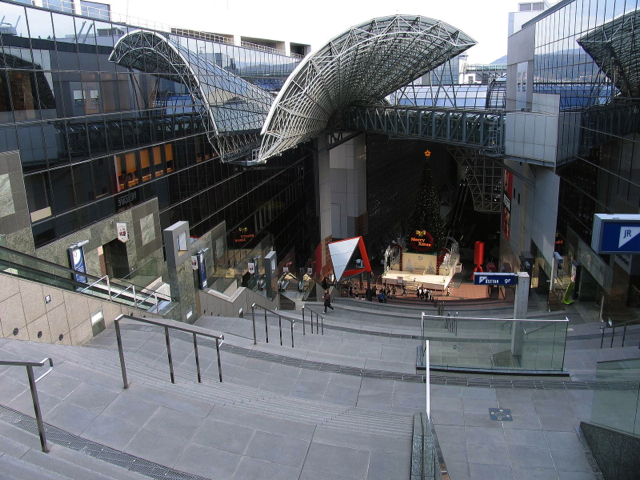
I guess since Kyoto station was first opened by decree of Emperor Meiji in 1877, we were expecting something more like this?
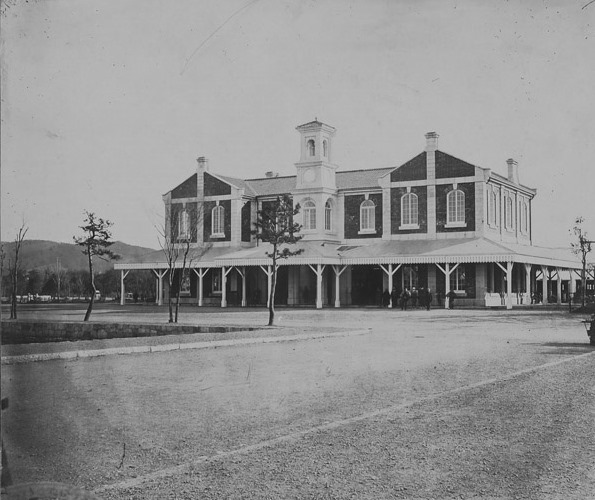
And we also weren’t too sure about staying at a hotel at the train station. These can be a little dicey. But the Hotel Granvia Kyoto had come highly recommended as new, modern, reasonably-priced and very conveniently located for accessing the entire city. It didn’t disappoint. See our review of Hotel Granvia Kyoto if you’re headed to Kyoto.
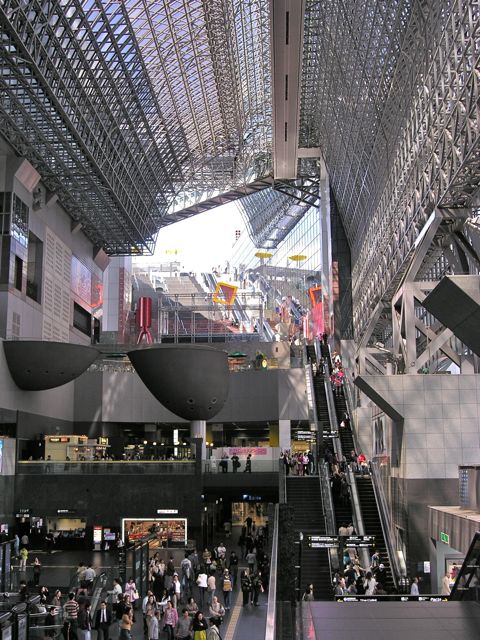
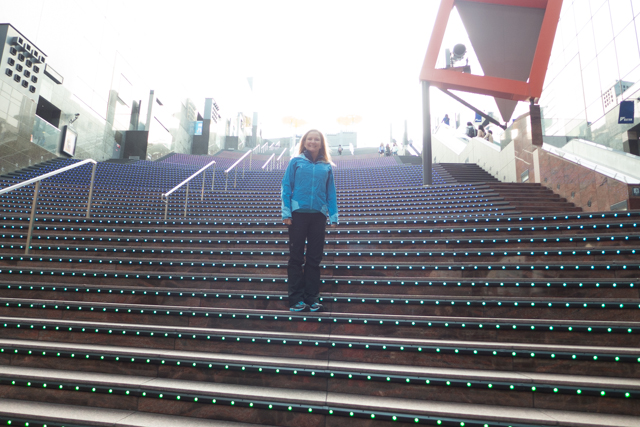
When we asked our guide to describe the difference between Tokyo and Kyoto, he said that Kyoto was probably ‘snobby’; we think he meant ‘very proud’ of their heritage. He gave as an example his 97-year-old mother who still thinks the move of the capital from Kyoto to Tokyo is just temporary … Tokyo does mean, literally, “East Kyoto” after-all. (Technically, Kyoto means ‘capital’ and Tokyo means ‘east capital’, but Kyoto residents love the “East Kyoto” story…)
We took a walk our first afternoon in Kyoto, and started getting a feel for Kyoto’s charms.
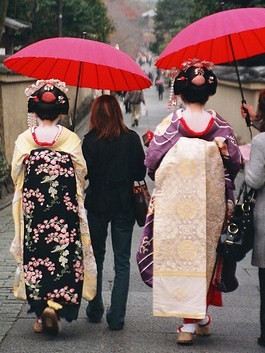
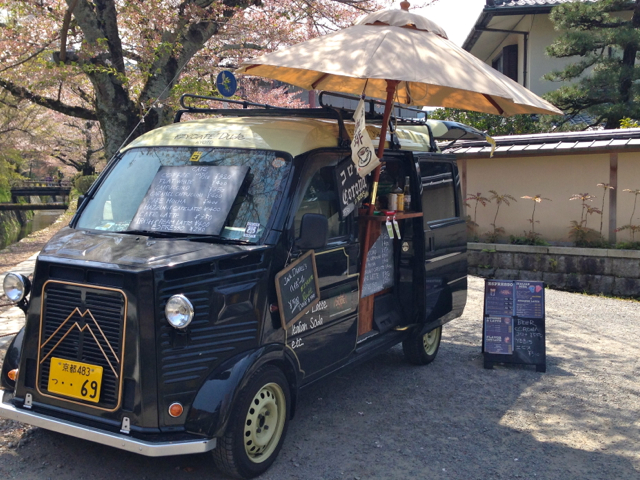
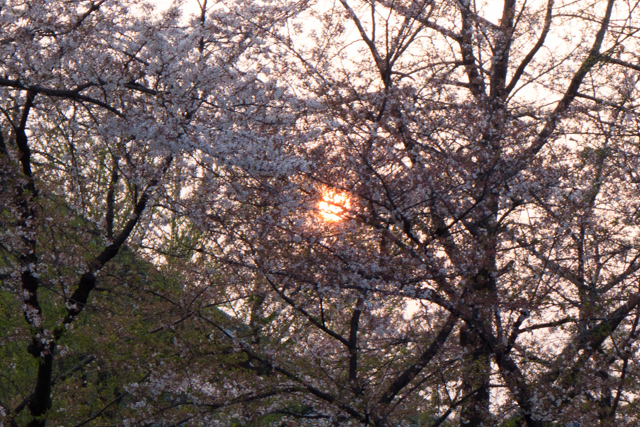
We ended up at a small Mexican restaurant, La Jolla Californian Mexican Grill, that turned out to be FANTASTIC. It had only 12 seats, but deservingly is rated 4th overall in restaurants in Kyoto. Their motto is “only the freshest and natural ingredients are used in our cuisine”, and we can confirm that statement. We liked it so much, we went back for a second time and were rewarded with an equally wonderful meal. The restaurant is soon moving to new quarters (with 32 seats) and will be at the top of our list the next time we are in Kyoto.
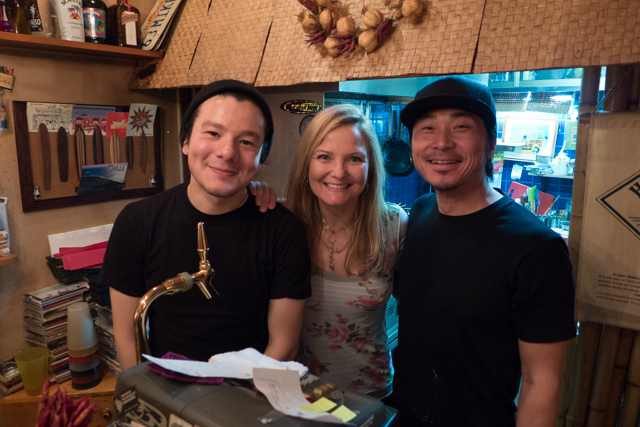
On our second morning , we met up with Ken Sakurai, who was our Kyoto guide for the next two days. Ken spent 25 years working in the U.S (San Francisco, Los Angeles, New York, etc.). He was wonderful, flexible, interesting, and fluent in English. If you ever need a Kyoto guide, contact Ken – email: k39come@asint.jp or telephone: +81 (0)90-68-4882.
At the beginning of our first full day in Kyoto, we walked to the Lake Biwa Canal, a waterway constructed during the 1890’s to transport water, freight, and passengers from Lake Biwa (which at 200+ square miles, is the largest lake in Japan) to the nearby city of Kyoto. The canal supplied Japan’s first public hydroelectric power, which served from 1895 to provide electricity for Kyoto’s trams. The waterway is currently used for water supply to the city of Kyoto and for irrigation purposes.
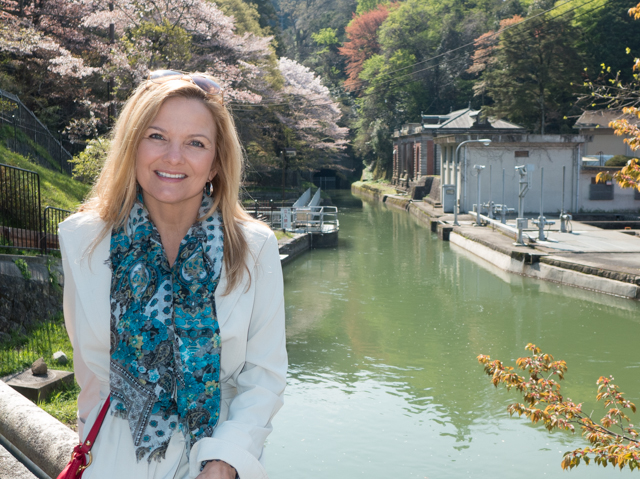
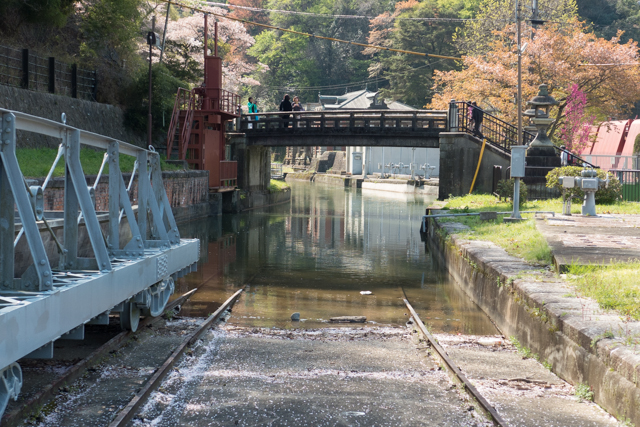
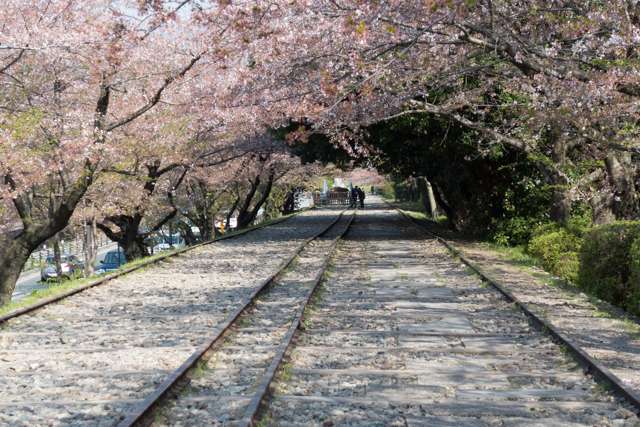


We visited a number of very interesting temples, country villas and shrines that were used by the Shoguns during the “Edo” period – from about 1600 through 1868. Here are some of our pictures from these historic sites.
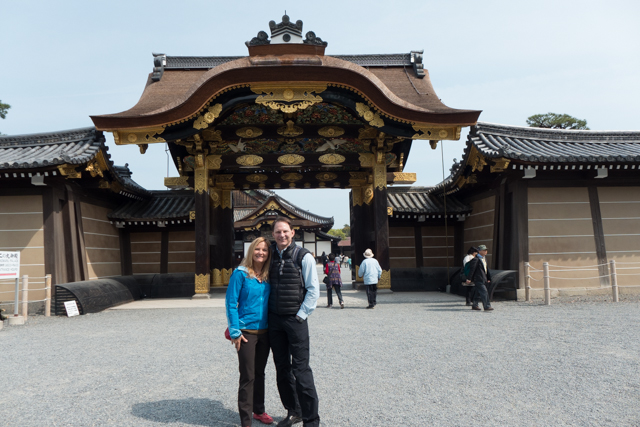
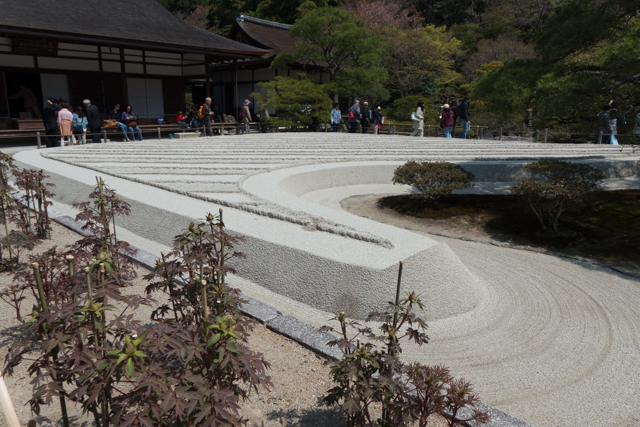
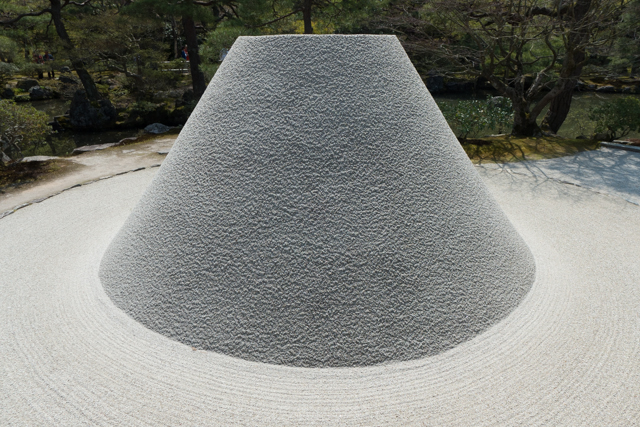
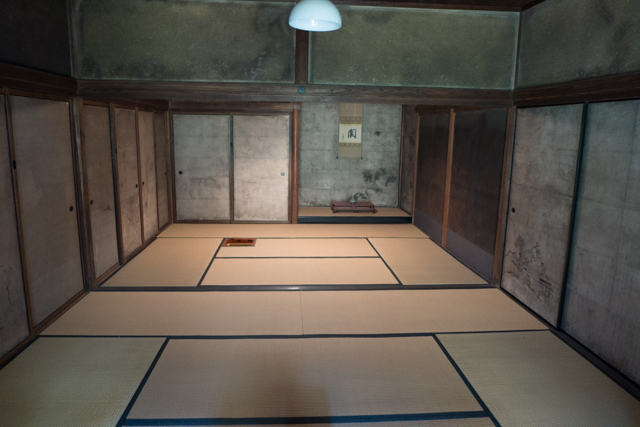
If you are interested in Japanese history, we highly recommend James Clavell’s historical novel Shogun.
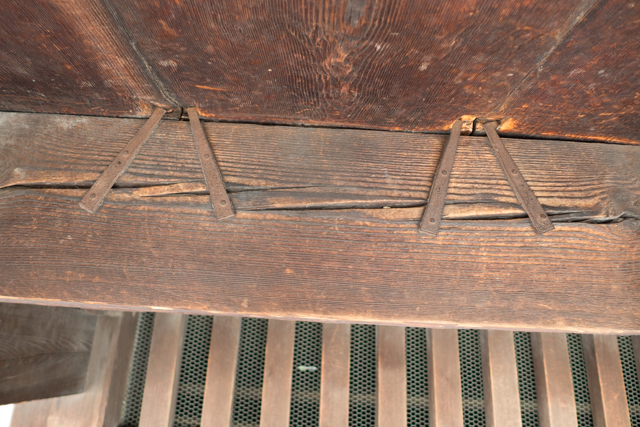
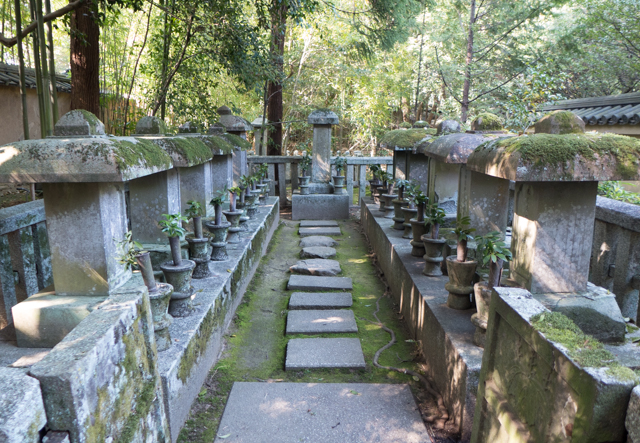
The Temple of the Golden Pavilion, officially named Rokuon-ji (Deer Garden Temple), is a Zen Buddhist temple. It has over 100 lbs of gold in the gold leaf paint – about $2 million at today’s price levels. It is one of the 17 Unesco World Heritage sites in Kyoto and, as we can verify, attracts a large number of visitors annually.
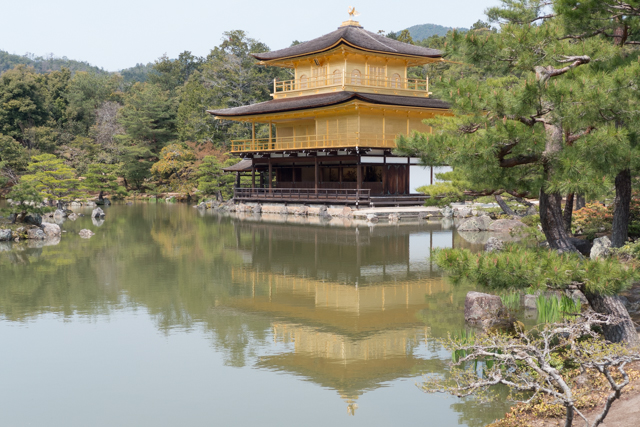
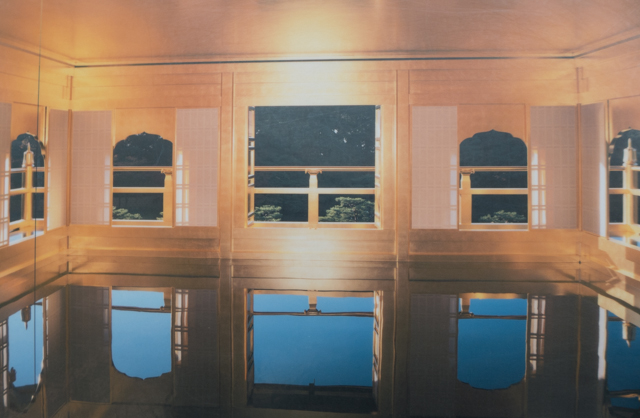
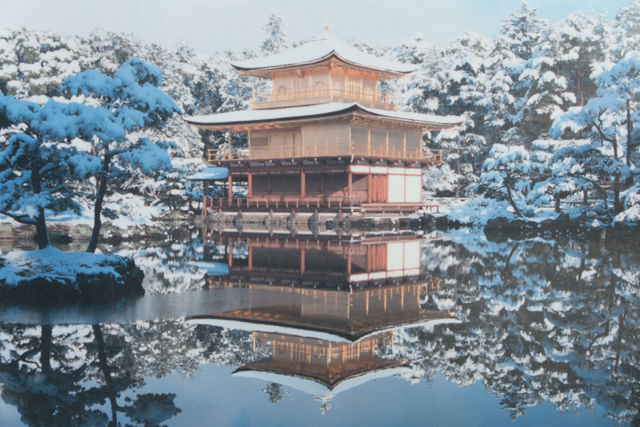
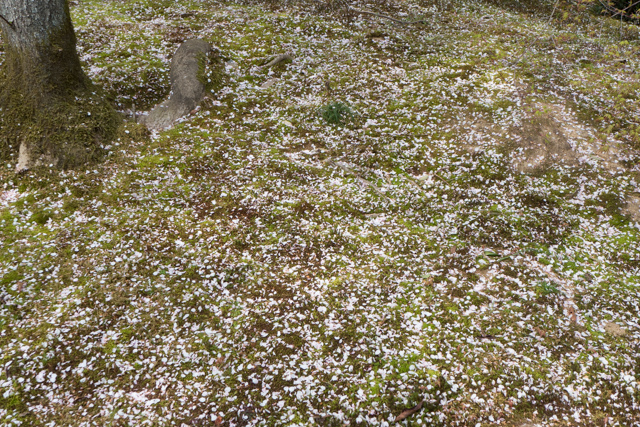
We thought the following gardening scenes were interesting with respect to the painstaking, careful and attentive process. Our thinking is that a vacuum would be a bit more efficient?
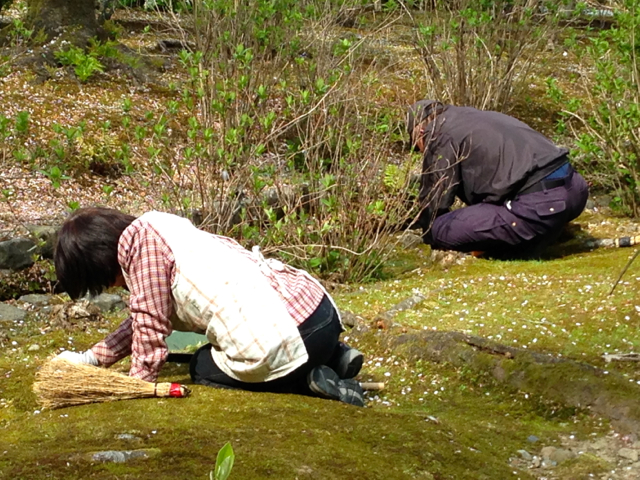
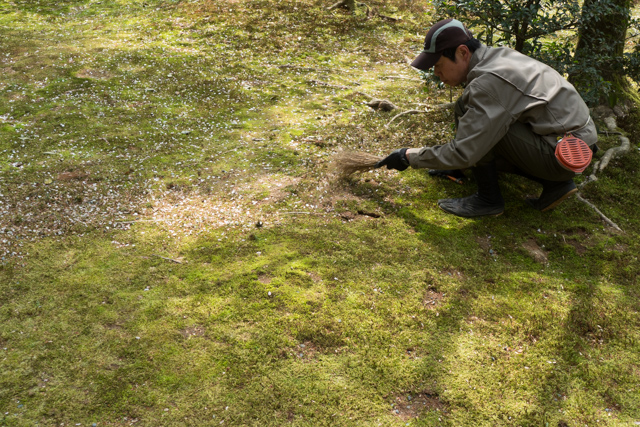
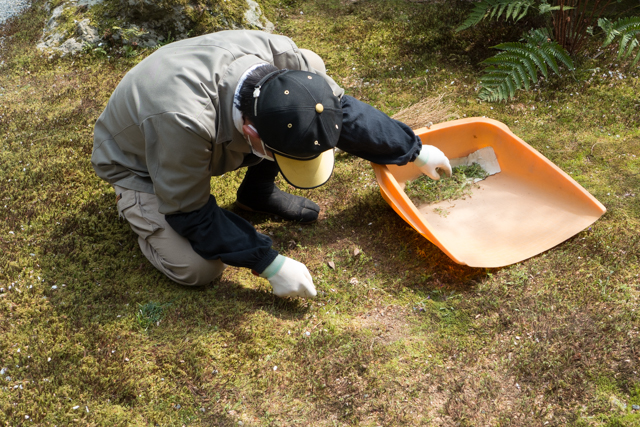
We thought the following Kyoto scenes somewhat serendipitous.
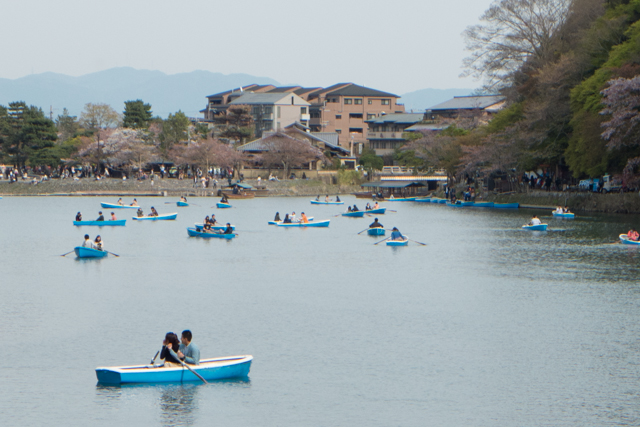
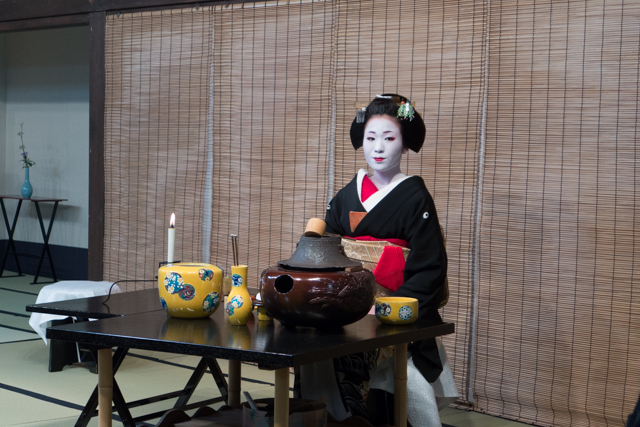
- A new form of saint.
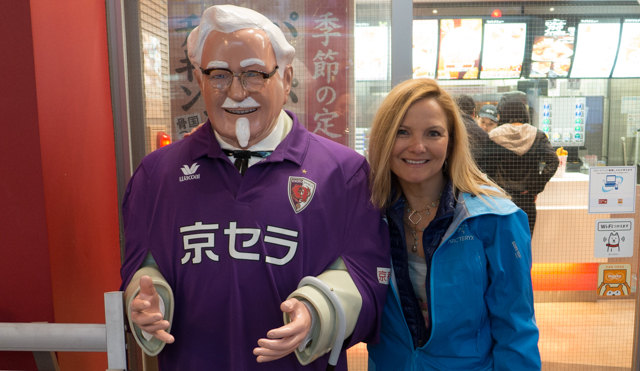
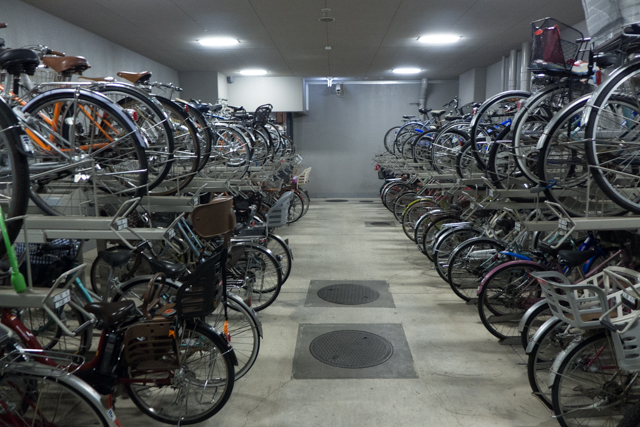
We’ll close this blog entry with something we found during our last night in Kyoto. This lovely canal and the street/sidewalk that ran along side of it reminded us of a Paris street scene. So serene and livable.
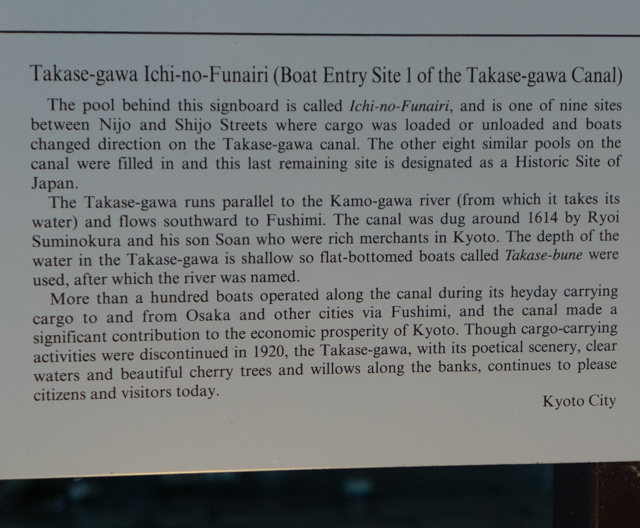
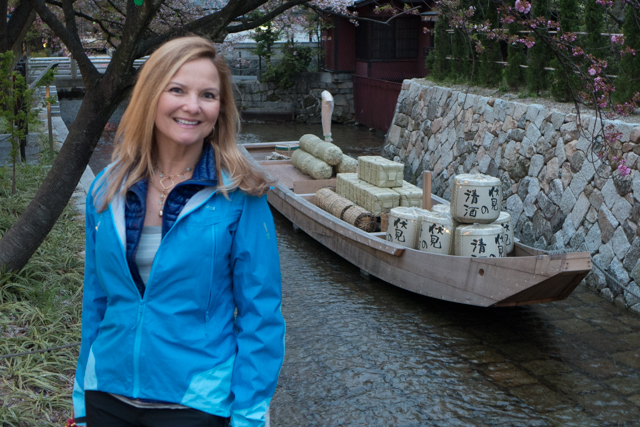

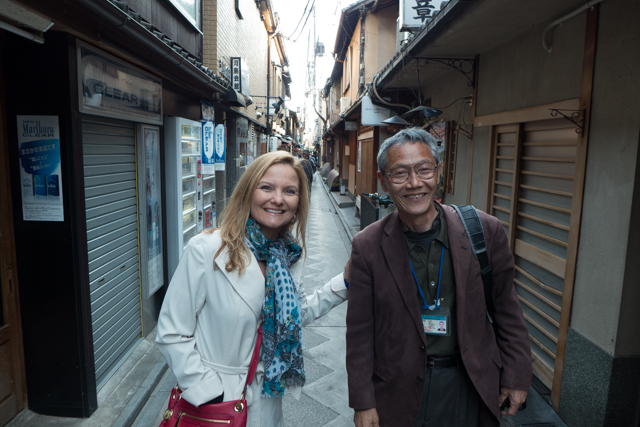
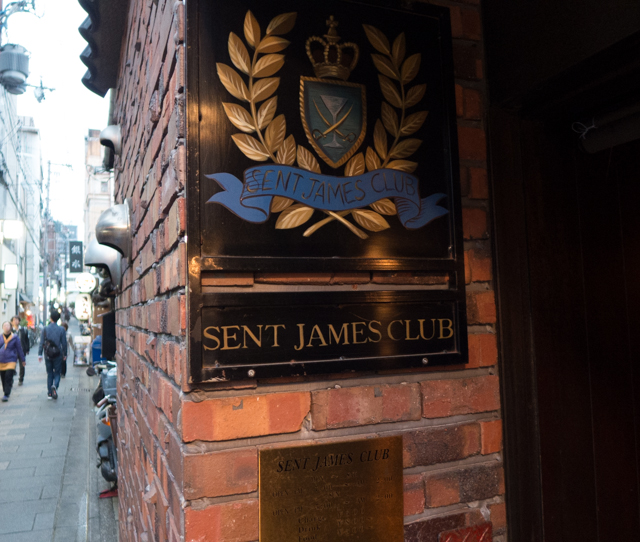
Had to stop reading as I caught my breath from your photo!
I know sherry isn’t it just stunning? We feel very lucky to have been there during peak Sakura season!
Wow! Thanks for sharing, Shauna and Mark! Your commentary and photos really get to the nitty gritty of the beauty and culture.
I had to gasp and chuckle when I saw the picture of the gardner weeding in Kyoto. That could have been me weeding my Mom’s lawn in the 70’s! I am sure the neighbors thought I was peculiar. Now I know I was just Japanese!
haha, that’s funny Gina, thanks for sharing. I will always think of you now whenever I see someone weeding, however they are doing it. Hope your second week in Japan was wonderful and your travels home safe and uneventful. Until we meet again (and I’m sure we will), much affection and big hugs from both Mark and me.